Hello!
Today, easydrawforkids.com will show you how to draw a baby step by step.
How To Draw A Baby – A Step By Step Guide

Step 1: Starting with the outline of the head
Keeping in mind that a baby’s head is proportionally bigger compared to their body size.

Step 2: Drawing the Body
Draw a large oval shape that extends from the bottom of the head to represent the bulk of the baby’s body in a sitting position.
Make it about 2/3rds the size of the head shape.
Now you complete this step on of this guide on how to draw a baby, let’s move to the next step.

Step 3: Drawing the Arms and Legs
Draw a bent curve extending from the shoulder out to the hand. Add some wrinkles and folds at the elbow joint.
For the legs, draw a cylinder shape for the thighs and then taper down to the knees which should have some dimples.
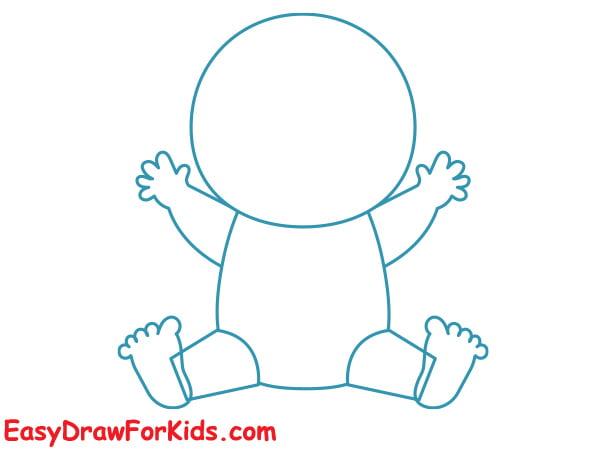
Step 4: Outline the Diaper
Before you add details to the face, let’s draw the outline of the diaper.
Follow the shape of the horizontal lines across the legs, curving them slightly to create a snug fit around the baby’s waist and legs.

Step 5: Adding Details to the Face
Sketch the eyes, making them large and spaced wide apart.
Below the eyes, add a short, button nose and then a small mouth.
For the ears, draw them as small ovals on each side of the top of the head.
Finally, draw in some wispy strands of hair radiating outwards from the crown of the head.
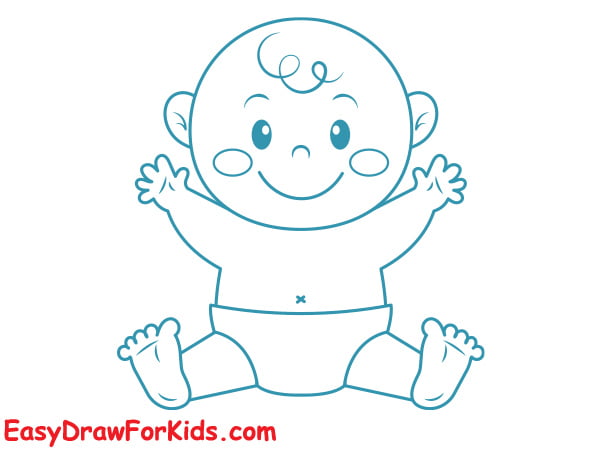
Step 6: Color the Baby Drawing
This is the most fun of all the steps in this guide on how to draw a baby!
Choose natural skin tones and rosy cheek to color baby drawing.

I hope you’ve enjoyed learning how to draw a baby!
Let me know if you have any other requests for drawing tutorials.



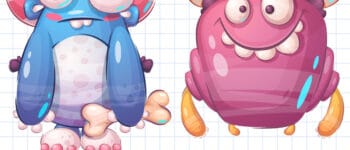
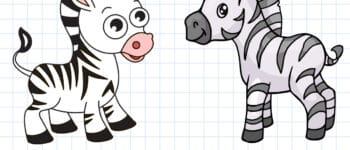
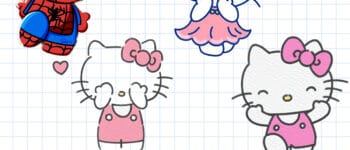
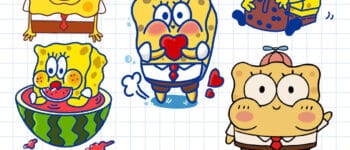
Leave a Reply